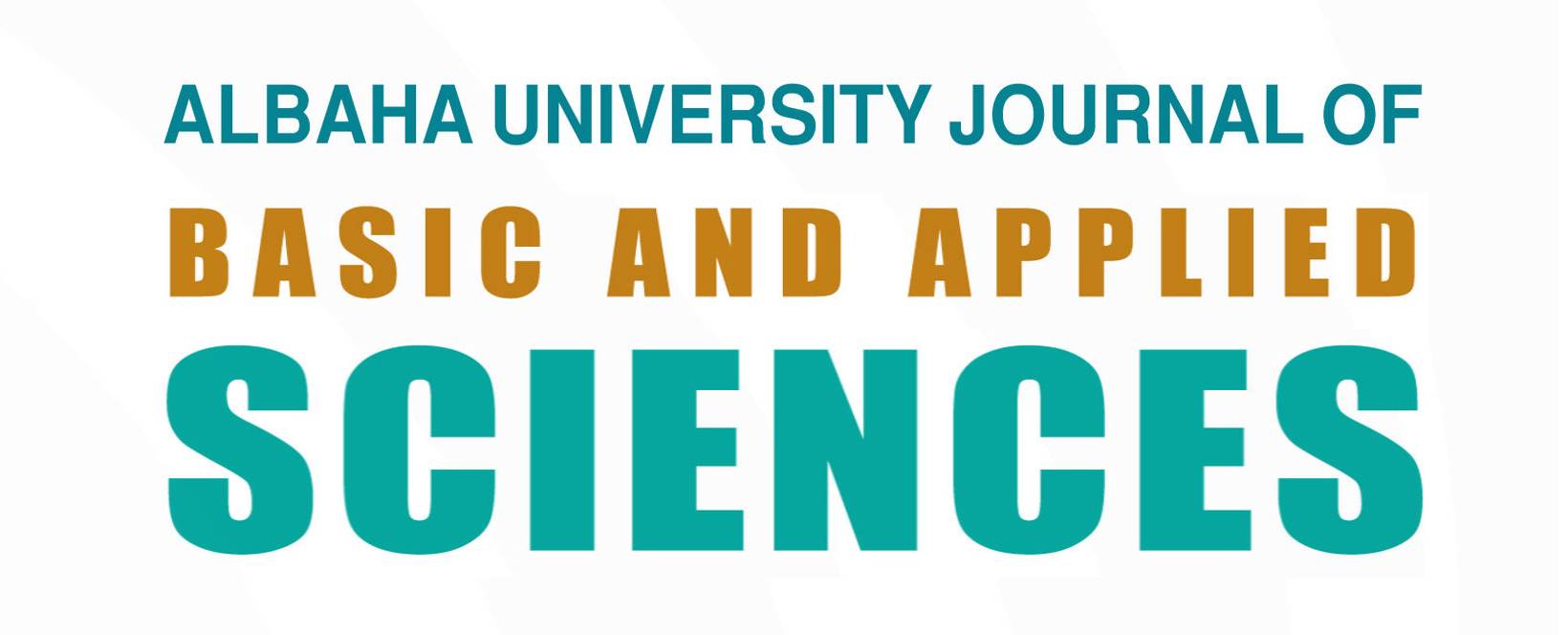Towards emotion-photos classification in social networks according to their context and visual features
- Sonia LAJMI
- Reseived: Received in Revised Form: 12 January, 2025 Accepted: 18 January, 2025
- 17 August, 2024
Online Social Networks have become increasingly popular as platforms where individuals can express their emotions, thoughts, and opinions through the use of photos and comments. Therefore, the significant rise in the number of social photos being shared online has become an opportunity for the exploration of comprehensive photo analysis. This study focuses on the classification of social photos according to their emotional content. Current studies in this area have primarily focused on determining the sentiment's polarity, specifically whether it is positive or negative. This study presents a new approach for classifying emotions in social photos. Various criteria are used to classify tailored photo emotions, including visual aspects and social context. The combination of these factors is consistently used to create a system for classifying emotional photos.


